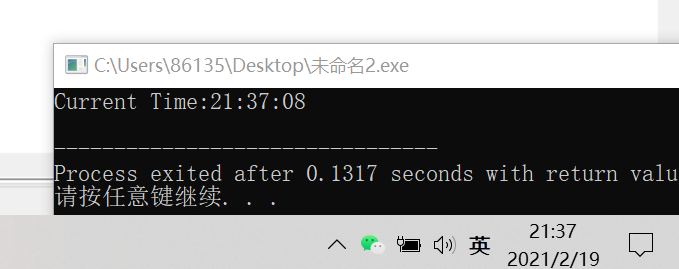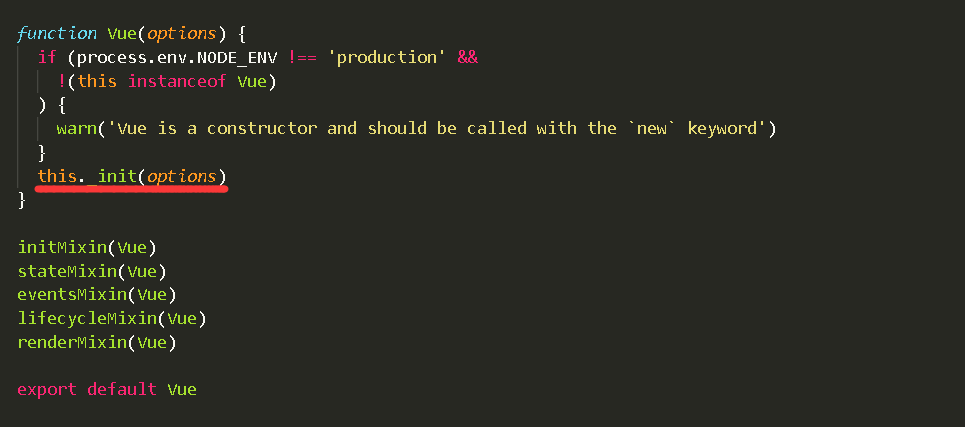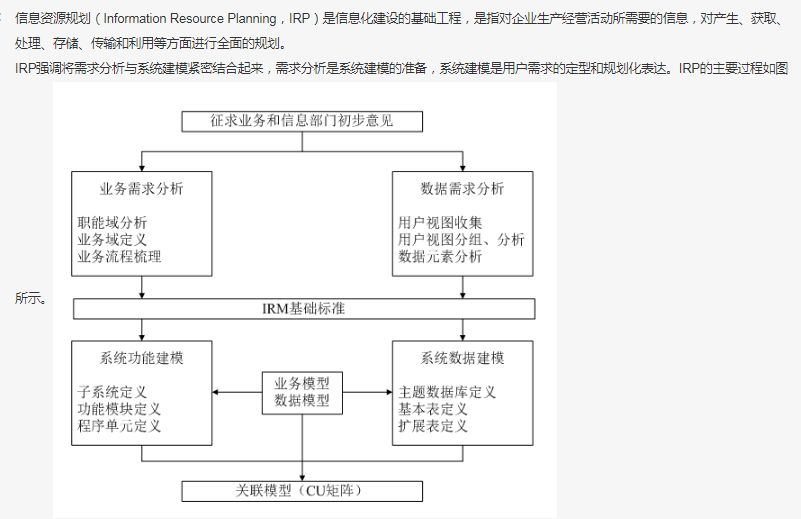Codeforces Round #554 Div.2 E - Neko and Flashback
欧拉路径
神题啊神题!这道题的突破口就是后两个数组每个元素是一一对应的。
也就是说,对于一个p的排列,b’和c’取得每一个元素的下标在p中都是一样的。
根据b和c数组的性质可以得出,b[i] <= c[i]。
这也是我们输出-1的一个判断方法。
再来看b和c两个数组,他们是由原数组相邻两个数分别取min和max构造出来的,很容易看出b’和c’同一个位置的两个数一定在原数组中相邻。
我们可以根据这个相邻关系建图,a若与b在原数组中相邻,就连一条无向边,那么最后我们要构造的合法数组即为该无向图的一条欧拉路径。
因为数据比较大,所以我们要先离散化,再考虑有重边,我们可以用multiset来存图,跑过的边直接删除就行了。
#include <bits/stdc++.h>#define INF 0x3f3f3f3f#define full(a, b) memset(a, b, sizeof a)using namespace std;typedef long long ll;inline int lowbit(int x){ return x & (-x); }inline int read(){int X = 0, w = 0; char ch = 0;while(!isdigit(ch)) { w |= ch == '-'; ch = getchar(); }while(isdigit(ch)) X = (X << 3) + (X << 1) + (ch ^ 48), ch = getchar();return w ? -X : X;}inline int gcd(int a, int b){ return a % b ? gcd(b, a % b) : b; }inline int lcm(int a, int b){ return a / gcd(a, b) * b; }template<typename T>inline T max(T x, T y, T z){ return max(max(x, y), z); }template<typename T>inline T min(T x, T y, T z){ return min(min(x, y), z); }template<typename A, typename B, typename C>inline A fpow(A x, B p, C lyd){A ans = 1;for(; p; p >>= 1, x = 1LL * x * x % lyd)if(p & 1)ans = 1LL * x * ans % lyd;return ans;}const int N = 200005;int n, k, b[N], c[N], p[N], d[N];vector<int> rd;multiset<int> g[N];void dfs(int s){for(auto it = g[s].begin(); it != g[s].end(); it = g[s].begin()){int u = *it;g[s].erase(it), g[u].erase(g[u].lower_bound(s));dfs(u);}rd.push_back(s);}int main(){ios::sync_with_stdio(false), cin.tie(0), cout.tie(0);n = read();for(int i = 1; i < n; i ++) b[i] = read(), p[++k] = b[i];for(int i = 1; i < n; i ++) c[i] = read(), p[++k] = c[i];for(int i = 1; i < n; i ++){if(b[i] > c[i]){printf("-1\n");return 0;}}sort(p + 1, p + k + 1);k = (int)(unique(p + 1, p + k + 1) - p - 1);for(int i = 1; i < n; i ++){b[i] = (int)(lower_bound(p + 1, p + k + 1, b[i]) - p);c[i] = (int)(lower_bound(p + 1, p + k + 1, c[i]) - p);}for(int i = 1; i < n; i ++){g[b[i]].insert(c[i]), g[c[i]].insert(b[i]);d[b[i]] ++, d[c[i]] ++;}int t = 0;for(int i = 1; i <= k; i ++){if(d[i] & 1) t ++;}if(t != 0 && t != 2){cout << "-1" << endl;return 0;}bool odd = false;for(int i = 1; i <= k; i ++){if(d[i] & 1){odd = true, dfs(i);break;}}if(!odd) dfs(1);if(rd.size() != n) cout << "-1" << endl;else{for(int i = rd.size() - 1; i >= 0; i --){cout << p[rd[i]];if(i != 0) cout << " ";}puts("");}return 0;}
转载于 //www.cnblogs.com/onionQAQ/p/10820877.html
//www.cnblogs.com/onionQAQ/p/10820877.html



































还没有评论,来说两句吧...